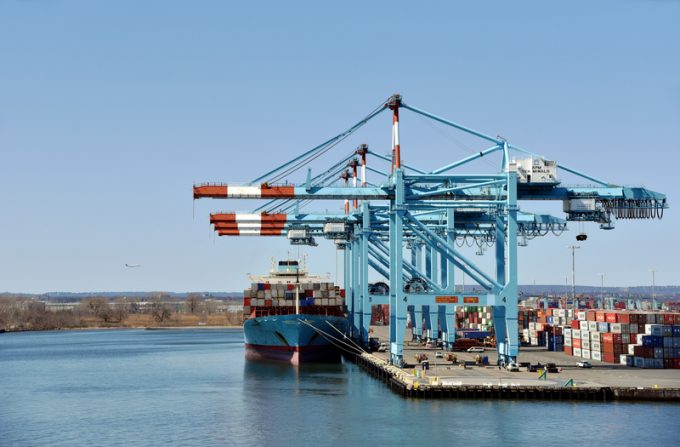'Another painful headache for shippers' as Asia-N Europe rate rally ends
It seems the recent container freight spot rate rally on the Asia-North Europe trade might ...

Transatlantic shippers can look forward to an increase in capacity on the trade, as both the 2M and THE alliances introduce larger ships.
According to liner analyst Alphaliner, 2M partners Maersk and MSC are upgrading the TA2/NEUATL2 service by replacing the five 4,800 teu ships with ...

Comment on this article